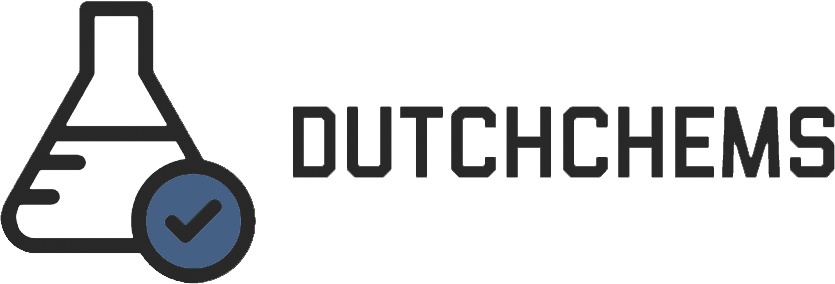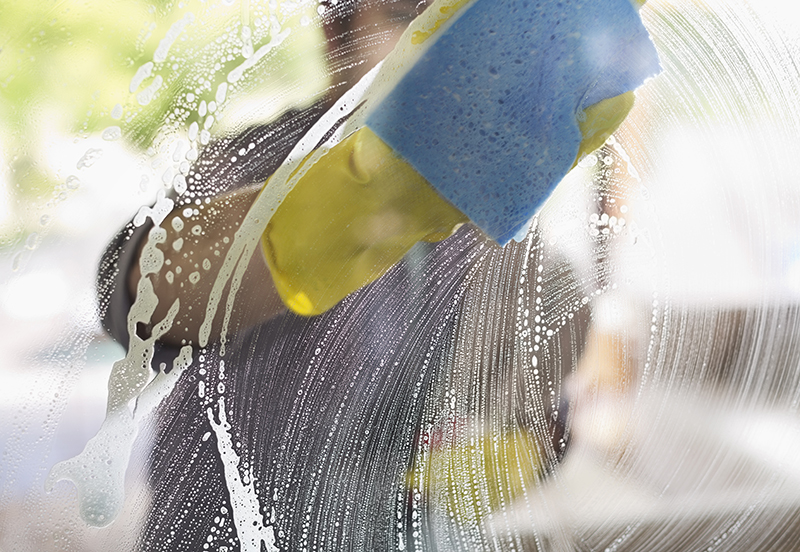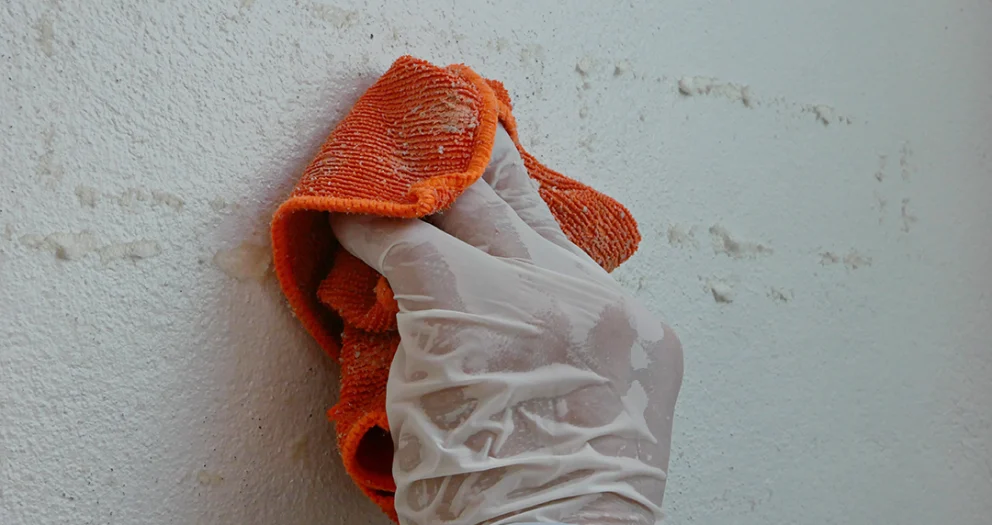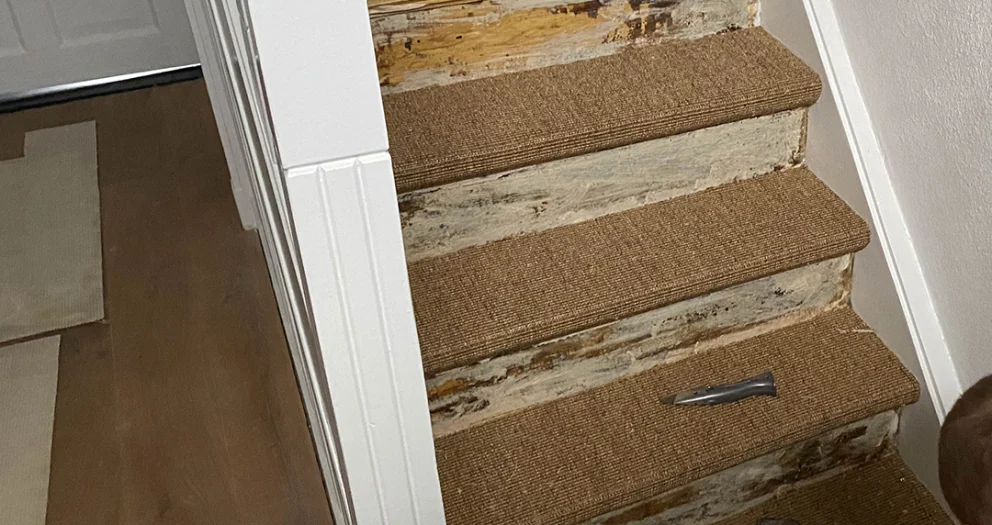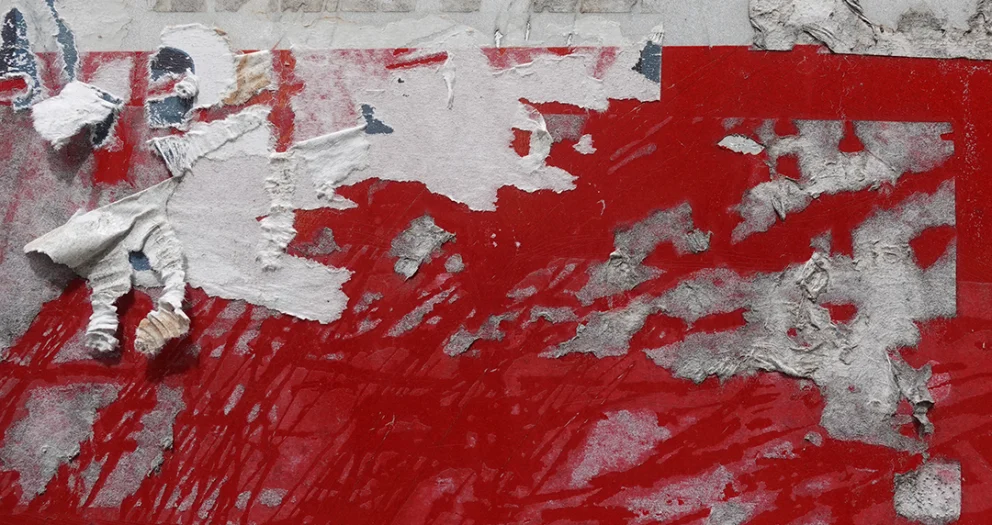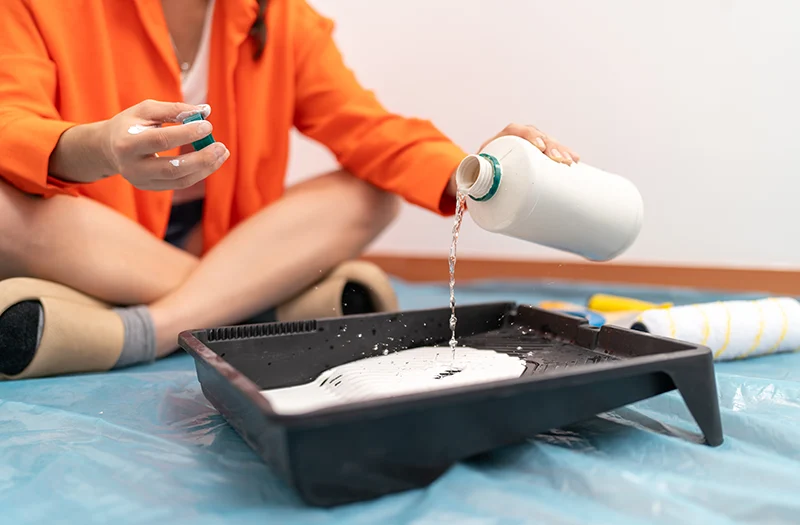Ammonia is a powerful cleaning agent that, when used correctly, can work wonders for the household. From shiny windows to grease-free kitchens, ammonia can do it all. However, its use requires knowledge and caution to ensure safety. In this article we dive deep into the world of cleaning with ammonia, including safety measures, mixing instructions and practical applications in the home.
Making your own cleaning solution with ammonia
Creating a cleaning solution with ammonia is simple and cost-effective, making it an excellent choice for a variety of home cleaning tasks. Here is a step-by-step guide to making your own ammonia cleaning solution by adding it to warm water.
Supplies:
- Hot water
- Household ammonia (5-10% ammonia solution)
- A bucket or large bowl
- Protective gloves
- An empty spray bottle (optional)
Step 1: Preparation
Put on protective gloves to protect your skin. Make sure the area you work in is well ventilated to minimize inhalation of ammonia fumes.
Step 2: Determine mixing ratio
For general cleaning purposes, a mixing ratio of one part ammonia to ten parts warm water is recommended. For more stubborn dirt or grease, you can increase the amount of ammonia, but make sure the room remains well ventilated.
Step 3: Mixing
Fill your bucket or bowl with the desired amount of warm water. Then carefully add the ammonia to the water and stir the mixture well. Avoid splashes to avoid contact with skin or eyes.
Step 4: Application
Use the solution directly from the bucket for large areas or pour it into a spray bottle for easy use on smaller areas or for targeted applications. This homemade cleaning solution is particularly effective for cleaning grease and grime from windows, kitchen surfaces, floors and tiles.
Is ammonia dangerous?
Ammonia in aqueous solution, also known as ammonia solution. Because this solution can occur in different concentrations, its dangers depend on the concentration.
Low Concentrations (Household Ammonia)
Household ammonia solutions typically contain 5% to 10% ammonia and are used for general cleaning purposes. Although less dangerous than higher concentrations, these solutions can still cause irritation to the skin, eyes, throat and respiratory tract, especially with prolonged exposure without adequate ventilation or personal protective equipment .
Medium Concentrations
Ammonia solutions with a concentration of 10% to 30% are considered more dangerous and are often used in industrial or professional cleaning products. At these concentrations the risk of chemical burns and severe irritation increases. It is essential to use protective clothing, such as gloves and safety goggles, and to work in well-ventilated areas when handling these concentrations.
High Concentrations
Concentrations above 30% are rarely used outside of industrial applications due to the high risk of severe chemical burns on contact with the skin or mucous membranes and the potential for causing serious respiratory problems. In environments working with such concentrations, strict safety protocols and personal protective equipment are required to prevent exposure.
Mix ammonia with bleach
NEVER MIX AMMONIA WITH BLEACH
Mixing bleach with ammonia is an extremely dangerous practice that leads to the formation of toxic chloramine gases. These gases can cause serious health problems, including breathing difficulties, chest pain, and similar symptoms that occur when mixing bleach with vinegar. It is important to realize that many glass cleaners contain ammonia; therefore it is crucial to never combine these products with bleach.
Difference between ammonia and ammonia
What is the difference between ammonia and ammonia? Although colloquially it is often referred to as the same solution, there is a difference between these two names.
Ammonia (NH3) is a colorless gas with a characteristic acrid odor. It is a compound of nitrogen and hydrogen and plays a crucial role in both the industrial world and biological processes. In nature, ammonia is produced by the breakdown of organic matter and is essential for the nitrogen cycle. Industrially, ammonia is produced on a large scale for use in fertilizers, cleaning products and as a coolant.
When people talk about “ammonia” they are usually referring to household ammonia or ammonia solution. This is water in which ammonia gas has been dissolved. This solution is used as a general cleaning agent in homes and industries. It is effective in cleaning hard surfaces, degreasing kitchen appliances and making windows and mirrors shine. The concentration of ammonia in household ammonia varies, but is usually around 5 to 10 percent .
Is ammonia dangerous?
The gaseous form of ammonia (NH₃) can be dangerous. Ammonia gas is corrosive and when inhaled can cause severe respiratory irritation, including symptoms such as coughing, shortness of breath, and in severe cases even chemical burns to the airways. It can also cause irritation to the eyes and skin. At high concentrations and exposure in closed spaces, ammonia gas can be life-threatening.
However, in this article we have discussed cleaning with ammonia, the dissolved form of ammonia gas.
Conclusion
Ammonia is an extremely effective household cleaning agent. In this article we have explained how to make your own ammonia cleaning solution, including step-by-step instructions and supplies. In addition, we have emphasized the safety measures you must take when working with an ammonia solution, such as working in a well-ventilated area and wearing protective clothing.
